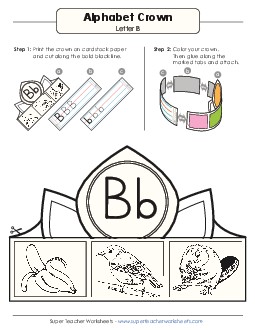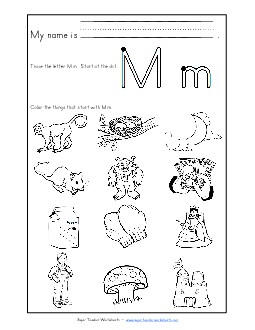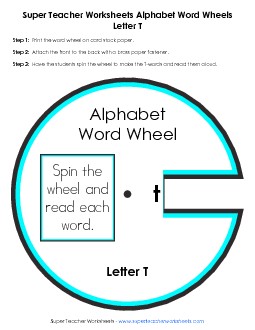Phonics & Phonemic Awareness: Consonant Sounds

Learn to say, read, write, and recognize the /b/ sound in words; Includes writing, coloring, and sorting phonics printables.
Consonant C cLearn to say, read, write, and recognize the soft and hard-c sound in words; Students will enjoy these phonics sorting activities and writing worksheets.
Consonant D dLearn to read, write, recognize, and say the /d/ sound ; Includes picture printables, word games, and coloring activities.
Consonant F fPractice the /f/ sound, recognizing words that start with /f/, and sorting and color /f/ pictures and words.
Consonant G gPractice the /g/ sound, recognizing words that start with /g/, and sorting and color /g/ pictures and words.
Consonant H hPractice the /h/ sound, recognizing words that start with /h/, and sorting and color /h/ pictures and words.
Consonant J jPractice the /j/ sound, recognizing words that start with /j/, and sorting and color /j/ pictures and words.
Consonant K kPractice the /k/ sound, recognizing words that start with /k/, and sorting and color /k/ pictures and words.
Consonant L lPractice the /l/ sound, recognizing words that start with /l/, and sorting and color /l/ pictures and words.
Consonant M mPractice saying the /m/ sound, recognizing words that start with /m/, and sorting /m/ picture cards.
Consonant N nPractice the /n/ sound, recognizing words that start with /n/, and sorting /n/ picture cards.
Consonant P pPractice saying the /p/ sound, recognizing words that start with /p/, and sorting /p/ picture cards.
Consonant Q qLearn to identify, sort, and write words that begin with the letters Qu.
Consonant R rLearn about the sound made by the letter r. Includes sorting games, matching games, and worksheets.
Consonant S sLearn about the sound made by the letter s. Includes matching games, card sorting activities, and printables.
Consonant T tWorksheets to help students learn sound made by the letter t. Includes matching games, sorting activities, and printable worksheet.
Consonant V vSimple worksheets for learning the consonant letter v.
Consonant W wWord sorts, cut-and-glue activities, and worksheets for learning the /w/ sound.
Consonant X xHere are several activities for learning the /x/ sound.
Consonant Y yYes, you can learn to read about yo-yos, yaks, yolks, and yarn with the /y/ worksheets.
Consonant Z zUse these worksheets and games to practice reading words with the /z/ sound.
More Phonics WorksheetsMore printable phonics worksheets, including vowels, blends, digraphs, and diphthongs.
Printing LettersManuscript printing worksheets for all letters of the alphabet.
Dolch Sight WordsPrintable activities, flash cards, and word wheels for the Dolch sight words.
First Grade Reading ComprehensionSimple reading comprehension stories with questions for kids to answer.



Phonics lessons focusing on consonant letters and sounds are a vital part of early elementary English Language Arts (ELA). These lessons help students learn to recognize consonant letters, differentiate between their hard and soft sounds, and understand consonant combinations such as blends and digraphs. By mastering these foundational skills, students build the ability to decode and pronounce words accurately, forming a strong base for reading and writing. Kindergarten through second grade typically emphasize consonants in the phonics realm, providing opportunities for young learners to practice recognizing and sounding out consonant letters in isolation and within words.
Teachers use a variety of methods to teach consonant sounds in the classroom. Activities like sorting words by their initial consonant sounds, playing phonics games, and practicing with worksheets and flashcards help students develop a clear understanding of how consonants function in language. Hands-on tools like letter tiles and magnetic boards enable students to experiment with creating consonant-vowel-consonant (CVC) words, which reinforce recognition and application of consonant sounds. Songs and rhymes can also make phonics lessons engaging, especially when focusing on differentiating between hard and soft consonant sounds, such as "c" in "cat" versus "c" in "circle."
Understanding consonant sounds is essential because it helps students decode unfamiliar words and improves their spelling accuracy. Phonics instruction centered on consonants also teaches children to recognize patterns in words, such as "sh," "ch," and "th," which are key components of early reading fluency. Super Teacher Worksheets supports phonics instruction by providing a wide range of printable materials including free phonics worksheets designed for consonant recognition, blending practice, and digraph mastery. These tools allow teachers to deliver effective, engaging lessons while helping students develop a lifelong love for reading and literacy.






